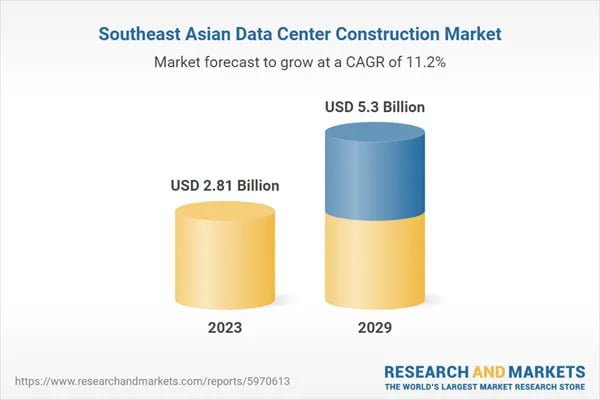The construction industry in Southeast Asia is a critical driver of economic growth. With rapid urbanization and infrastructure development, the demand for skilled workers continues to rise. However, the Labor Market in Southeast Asia Construction sector faces several challenges. These include primarily labor shortages, safety concerns, and a widening skills gap. Addressing these challenges is crucial to sustaining the industry’s growth and ensuring the safety and productivity of workers.
We’ve compiled some methods to anticipate these issues below!
Labor Shortages in Southeast Asia’s Construction Industry
The construction industry in Southeast Asia is experiencing a significant labor shortage. By 2025, the region will need an additional 1.5 million skilled workers to meet the increasing demand for construction projects. Urbanization, infrastructure investment, and economic development drive this demand. According to the Asian Development Bank (ADB), Southeast Asian construction is expected to grow by 7% annually, which adds to the pressure to find qualified workers.

This shortage not only slows down project completion but also increases costs. With fewer skilled workers available, the industry may struggle to keep up with the demand, causing delays and increased competition for labor.
High Fatality Rates and Safety Concerns
One of the most pressing issues in the Labor Market in Southeast Asia Construction sector is the high rate of workplace fatalities. The region has some of the highest fatality rates globally, with workplace deaths being 10 to 20 times higher than in Europe. This stark statistic highlights the need for better safety measures and training. Many construction workers lack proper training in safety protocols, which increases their risk of injury or death on the job.
Improving safety standards is not only necessary to protect workers but also to ensure that the industry remains sustainable. Without addressing these safety issues, labor shortages may worsen as people are deterred from joining or staying in the industry.
Closing the Skills Gap with Training Initiatives
The skills gap in Labor Market in Southeast Asia Construction industry is another critical issue. Many workers lack the necessary skills to perform complex tasks, which limits their ability to contribute effectively to projects. However, initiatives like the Southeast Asia Skills Enhancement Programme (SEASEP) aim to address this problem. SEASEP has already trained over 4,500 students across countries like Indonesia, Thailand, India, and the Philippines, focusing on critical areas like engineering and safety.
The second phase of SEASEP plans to train an additional 6,000 students, helping to build a more competent and skilled workforce. This is vital for meeting the demands of the construction industry and improving overall productivity.
Government Support for Vocational Training
Governments across Southeast Asia are recognizing the need for skilled labor in the construction industry. Malaysia, for example, has committed to investing around $1 billion in Technical and Vocational Education and Training (TVET) programs by 2025. This investment is designed to improve vocational training quality and align it with industry needs.
Leveraging artificial intelligence (AI) can enhance training effectiveness by providing personalized learning experiences tailored to individual skill gaps. This approach helps workers acquire relevant skills more efficiently, making them more adaptable to changing industry demands .
By investing in skill development, countries like Malaysia aim to reduce the skills gap and ensure that their construction sectors can meet the growing demand. The focus on vocational training will also help improve safety standards, as properly trained workers are more likely to follow safety protocols, reducing the number of workplace accidents.
Economic Growth Potential for Labor Market in Southeast Asia Construction
The construction sector contributes significantly to the economies of Southeast Asian countries, accounting for about 7% of GDP in countries like Cambodia and Vietnam. However, labor shortages and skills gaps can slow down this growth. According to a report from the World Bank, addressing labor market challenges through effective training initiatives could increase productivity by up to 20%. This boost in productivity would have a significant impact on economic output, helping the region to achieve its growth potential.
In conclusion, addressing the challenges in Labor Market in Southeast Asia Construction is essential for sustaining the sector’s growth and ensuring worker safety. With labor shortages, high fatality rates, and a widening skills gap, the region faces significant hurdles. However, there are initiatives and increased government investment in vocational training to overcome these challenges. As the industry grows, improving worker skills and safety will not only increase productivity but also contribute to the economic development of the region.

